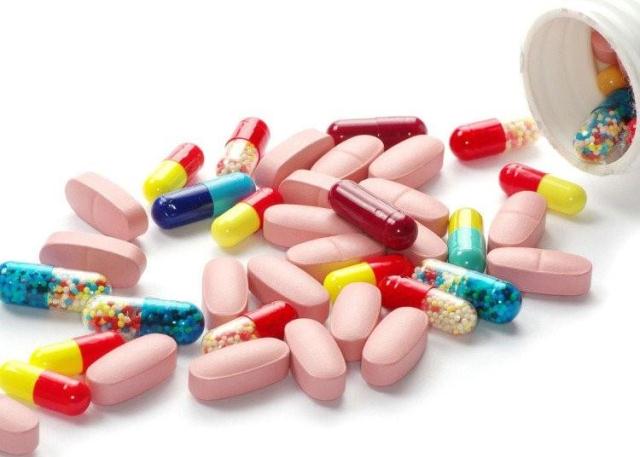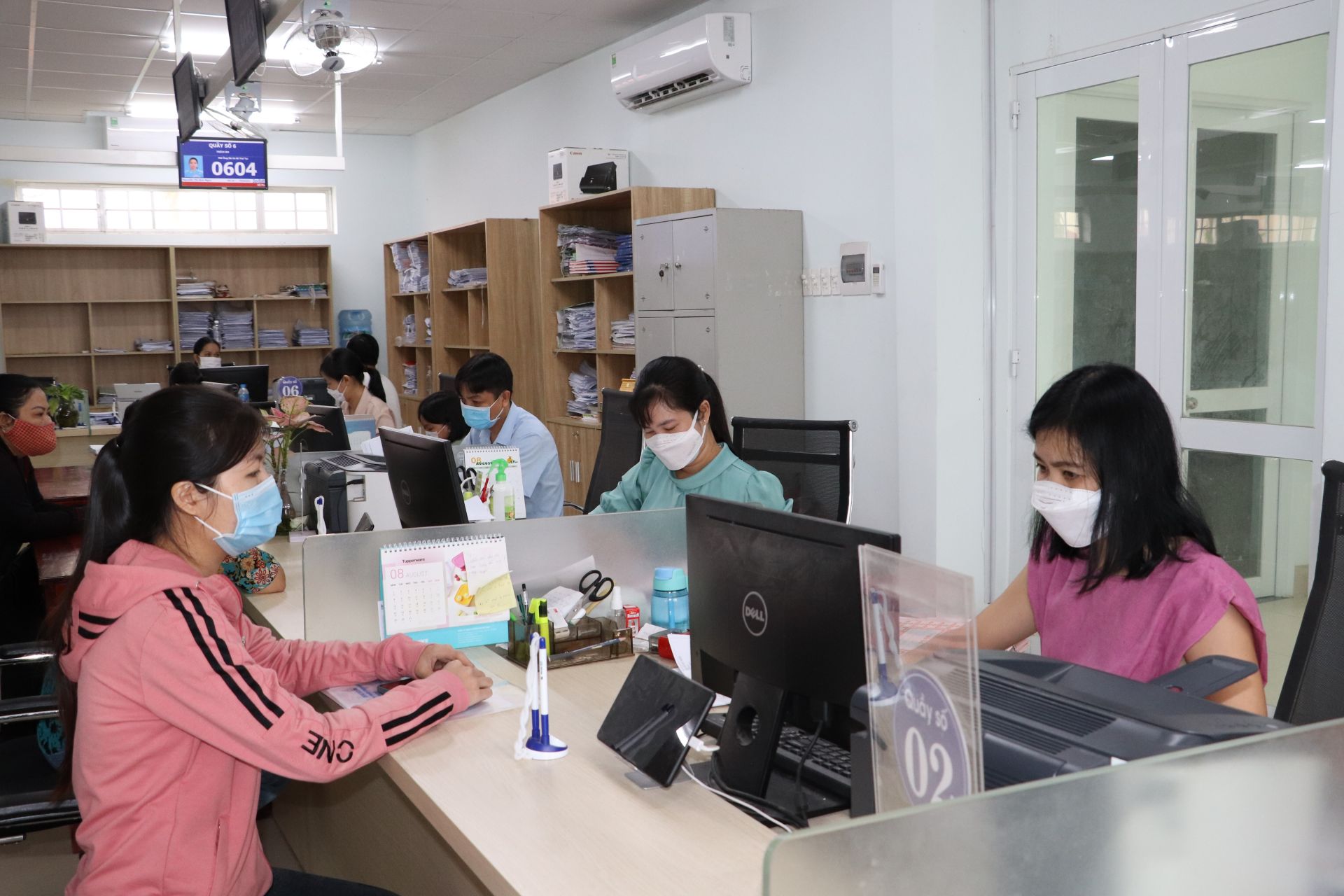Task of solutions to prevent drug resistance in Vietnam
What are the tasks and solutions for drug resistance set out according to the National Strategy on drug resistance prevention and control in Vietnam?

Task of solutions to prevent drug resistance in Vietnam (Internet image)
Task of solutions to prevent drug resistance in Vietnam
Content mentioned in Decision 1121/QD-TTg in 2023 approving the National Strategy on drug resistance prevention and control in Vietnam for the period 2023–2030, Vision to 2045 issued by the Prime Minister.
The tasks and solutions to prevent drug resistance in Vietnam are set out as follows:
1. Regarding coordinated action and inter-sectoral response to prevent and combat drug resistance
- Develop a Common Action Framework as a foundation for multi-sectoral cooperation, coordination, implementation, and monitoring of actions according to the specific responsibilities of each sector.
- Develop and implement action plans for each field of health, agriculture, environment, industry and trade to address the causes leading to drug resistance in the respective fields.
- Provinces and centrally run cities proactively deploy drug resistance prevention and control based on the goals, tasks, and solutions of the Strategy, integrating them into targets and local socio-economic development tasks, and prioritizing annual budget allocation for implementation.
- Supplement and improve the mechanism and maintain effective inter-sectoral coordination and information sharing on resistance, use, and consumption of antimicrobial drugs between ministries, branches, and relevant partners from central to local levels.
- Develop a set of indicators to evaluate and monitor the implementation of the National Strategy on drug resistance prevention and control in the fields of health, agriculture, industry and trade and the environment.
2. Regarding policies, laws, and professional regulations
- Review, research, and improve policies, laws, standards, technical regulations, and professional guidance on infectious disease prevention, infection control, diagnosis and treatment, use of antimicrobial drugs, and biosafety in healthcare and agriculture.
- Review, research, and improve policies, laws, standards, technical regulations, and professional guidance on livestock and aquaculture practices; food production and processing; and managing and treating waste from medical examination and treatment facilities, livestock and aquaculture facilities, and food processing facilities to control antibiotic residues and drug-resistant microorganisms.
- Review, research, and improve policies and laws to manage and handle the use or sale of antimicrobial drugs without a prescription; medical examination and treatment facilities prescribe antibiotics for the wrong purpose or abuse antibiotics in treating patients, not following the diagnosis and treatment instructions of the Ministry of Health.
3. About information, communication, and social mobilization
- Communicate, educate, and raise people's awareness about the causes of drug resistance, the consequences of drug resistance, and measures to prevent and combat drug resistance; Maintain personal and societal commitment to behavioral change to use antimicrobials responsibly and stop the overuse and misuse of antimicrobials; promote healthy behaviors to prevent infections and their spread, with a focus on medical, veterinary, livestock, and aquaculture workers; mothers, women, pupils, and students.
- Propagate, disseminate, and mobilize all levels, sectors, unions, medical and veterinary staff and people to implement guidelines, policies, laws, instructions, and recommendations on drug resistance prevention and control through information and communication networks from central to local levels.
- Research, develop, and provide communication programs and materials on drug resistance prevention appropriate to communication methods and target groups, which focus on building key messages and new messages on drug resistance to have a strong impact on society.
4. Solutions to strengthen monitoring systems for drug resistance, use, and consumption of antimicrobial drugs in humans, animals, the environment, and commerce
- Strengthen the capacity of the drug resistance monitoring system in humans, animals, and the community; monitor the use and consumption of antimicrobials for evidence-based development, guideline adjustment, and timely intervention activities at the national and grassroots levels.
- Review and update professional guidelines on prevention, diagnosis, and treatment of infectious diseases; reasonable and safe use of antibiotics; use of priority antimicrobial drugs in human health care; infection control; resistance monitoring; and use and consumption of antimicrobials.
- Establish and maintain a national database on drug resistance, use, and consumption of antibiotics by microorganisms in humans, animals, and the environment.
- Develop national standards and guidelines related to drug resistance monitoring and unify implementation in the health and veterinary fields.
- Develop clinical pharmacy work, implement an antibiotic use management program, manage prescriptions, and sell prescription drugs.
- Supervise the sale of antibiotics according to prescriptions at drug retail establishments.
5. Human resources solutions
- Develop mechanisms and policies to attract human resources in intensive care, infectious diseases, microbiology, clinical pharmacists, infection control, and veterinary medicine.
- Review, supplement, and update content on drug resistance prevention and control in teaching and training programs of human and animal health schools.
- Develop training programs and materials and organize capacity-building training for doctors, microbiologists, pharmacists, nurses, infection control, veterinary staff, and related staff on prevention, diagnosis, and treatment of infectious diseases; reasonable and safe use of antibiotics; use of priority antimicrobial drugs in human health care; and monitoring resistance, use, and consumption of antimicrobials.
6. Financial solutions
Funding sources for implementation include the state budget and other legal sources, in which the state budget plays the leading role, with appropriate mechanisms to attract resources from organizations, businesses, individuals, and international organizations.
7. Solutions for scientific research
- Improve research capacity for evaluating drug use and drug resistance, especially research on multidrug-resistant bacteria, and deploying interventions to promote rational antibiotic use.
- Continue to prioritize and support scientific research on infectious diseases in humans, animals, and aquatic products, and promote relationships between partners with research facilities, hospitals, and universities.
- Encourage, strengthen, and create relationships with partners to support the development of research on the development of antimicrobial drugs, antibacterial agents derived from traditional medicinal herbs, and new diagnostic methods.
- Strengthen research and transfer of new techniques in the diagnosis and treatment of infectious diseases, microbiological testing, and quality management of microbiological testing at hospitals and preventive medicine facilities, as well as facilities for testing and treating animal and aquatic diseases.
- Deploy a survey in 2023 to collect initial data on drug resistance prevention and control, and a survey in 2030 as a basis for evaluating the results of the Strategy implementation.
8. Solutions to enhance cooperation
- Strengthen cooperation with the World Health Organization (WHO), the World Organization for Animal Health (WOAH), the Food and Agriculture Organization of the United Nations (FAO), the U.S. Centers for Disease Control (U.S. CDC), Family Health International (FHI-360), the United Nations Children's Fund (UNICEF), the National Center for Global Health and Medicine (NCGM-Japan), and other domestic and international agencies and organizations to support and promote the implementation of the Strategy; integrate international cooperation projects with the Strategy's activities to achieve the goals.
- Participate and maintain international reporting systems: the Global Antimicrobial Resistance Surveillance System (GLASS), the Western Pacific Region Antimicrobial Consumption Surveillance System (WPRACSS) by 2027, and the National Capacity Self-Assessment Survey on Antimicrobial Resistance (TrACSS) in 2023, with relevant units to promote research cooperation: evaluating antibiotic, antiviral, and antiparasitic use; Research on drug resistance, especially research on multidrug-resistant bacteria.
- Strengthen international cooperation, exchange and share experiences, participate in seminars, conferences, and scientific forums on infectious disease prevention and control and rational use of drugs to treat human and animal diseases, prevent hospital infections, and check the quality of microbiology and drug resistance tests.
- Encourage participation in international collaborative research related to drug resistance prevention.
Duong Chau Thanh
- Key word:
- drug resistance
- in Vietnam
- Number of deputy directors of departments in Vietnam in accordance with Decree 45/2025/ND-CP
- Cases ineligible for pardon in Vietnam in 2025
- Decree 50/2025 amending Decree 151/2017 on the management of public assets in Vietnam
- Circular 07/2025 amending Circular 02/2022 on the Law on Environmental Protection in Vietnam
- Adjustment to the organizational structure of the Ministry of Health of Vietnam: Certain agencies are no longer listed in the organizational structure
- Vietnam aims to welcome 22-23 million international tourists in Vietnam in 2025
-

- Emergency response and search and rescue organizations ...
- 10:29, 11/09/2024
-

- Handling of the acceptance results of ministerial ...
- 09:30, 11/09/2024
-

- Guidance on unexploded ordnance investigation ...
- 18:30, 09/09/2024
-

- Sources of the National database on construction ...
- 16:37, 09/09/2024
-

- General regulations on the implementation of administrative ...
- 11:30, 09/09/2024
-

- Notable new policies of Vietnam effective as of ...
- 16:26, 11/04/2025
-
.Medium.png)
- Notable documents of Vietnam in the previous week ...
- 16:21, 11/04/2025
-
.Medium.png)
- Notable documents of Vietnam in the previous week ...
- 16:11, 02/04/2025
-
.Medium.png)
- Notable new policies of Vietnam to be effective ...
- 16:04, 02/04/2025
-
.Medium.png)
- Notable new policies of Vietnam effective from ...
- 14:51, 21/03/2025
 Article table of contents
Article table of contents
